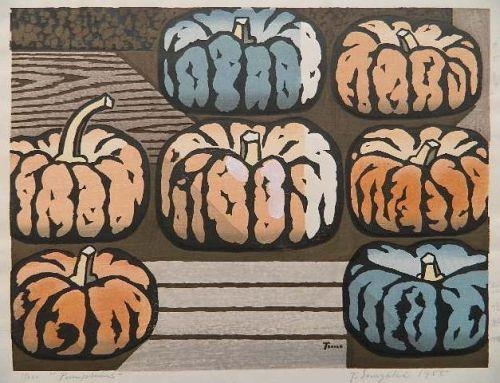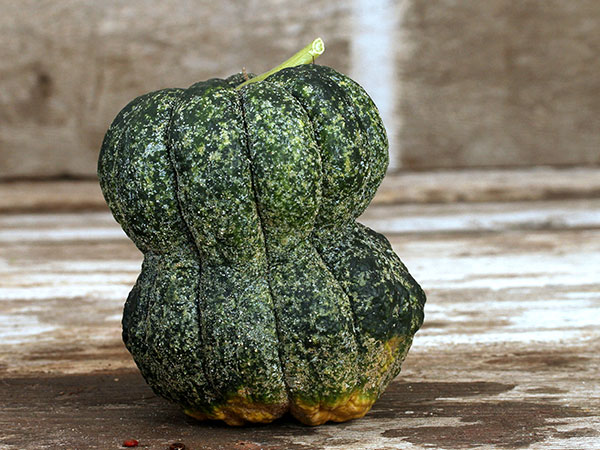
At Owl Farm we are growing over 100 different vegetable cultivars, some as small trials to see what works in our environment and some because we specialize in bitter vegetables (like radicchio) and Japanese heirloom cultivars.
Most of the vegetable species grown in Japan originated overseas, even Daikon. Over the centuries Japanese farmers have selected seed for plants adapted to their local area. Local traditional vegetables are proudly protected, grown and contribute to the local food cultures. In 2014 Japan introduced a law regulating the ‘Geographical Indication Protection System’ similar to the French Appellation Controlle system. The closest we get to that in Australia is a listing in the local food guide or Slow Food’s Ark of Taste.
Kyoto is home to a vegetarian cuisine, shojin ryori (devotion food), and kyo yasai, a list of over 40 ‘certified’ ‘traditional vegetables’, including these that we have grown or are growing at Owl Farm:
- Kyoto Red Carrot (a sweet red carrot traditionally eaten on the Japanese New Year and carved into the shape of a plum blossom)
- Shishigatanai Squash (a unique Japanese pumpkin shaped like a bottle and developed in about 1810. The flesh is deliciously nutty. This variety is rare even in Japan. Shishigatani translates as ‘deer path valley’)
- Manganji Pepper (the King of Japanese Chilli Peppers with a complex sweet flavor. Great as tempura but we like them grilled and then doused with Tamari)
- Kujo (Negi) Bunching Onion (perennial bunching onions that have been grown near Kyoto for a thousand years. An essential ingredient in our stir-fries. Milder than onions or garlic and can be picked almost all year)
- Kabocha Pumpkin (green skinned and orange flesh that is sweet and nutty, perfect roasted with nutmeg or in a soup)
- Shogoin Kabu Turnip (a classic turnip or large radish grown for the tops and white roots. Good in soups and great raw or pickled. Grown in the Kyoto area for over 300 years)
- Kamo Eggplant (a Kyoto delicacy for centuries with a rich, dense flavor. Named after the river that flows through Kyoto. Beautiful in soups or deep fried)
Japan’s unique focus on their traditional past and hopes for the future has meant a revival in interest in traditional vegetables. There are even vegetable ‘sommeliers’ though we might recognize them as boutique providores. Perhaps we can make Charleys Forest an outpost of the Japanese regional vegetable production.

